5 White Rice Flour Substitutes That Bake Well
White rice flour substitutes offer a world of possibilities for those seeking alternatives in their cooking and baking adventures.
Finding suitable replacements often leads home cooks to experiment with various grain-based flours that behave similarly when mixed into batters or doughs.
These alternatives range from common pantry staples to more specialized ingredients found in health food sections of grocery stores.
Some substitutes might even improve the nutritional profile of dishes while preserving the desired consistency that makes white rice flour popular.
The best part about these replacements is how they allow you to continue enjoying favorite recipes despite dietary restrictions or simple pantry shortages.
Read on to find perfect alternatives that will save your recipes when white rice flour isn't available.
What Is White Rice Flour?
White rice flour is a fine, powdery flour made by grinding polished white rice, and it’s a staple in gluten-free baking, Asian cuisine, and recipes needing a light, delicate touch. It offers a neutral flavor and smooth texture that works well in both sweet and savory dishes.
White rice flour is naturally gluten-free, making it a key ingredient for people with celiac disease or those who want to avoid wheat.
Its taste is subtle and won’t overpower other ingredients, so it’s perfect for cakes, cookies, pancakes, and thickening sauces or soups.
When used for frying, white rice flour creates a light, crispy crust on foods like tempura, chicken, or fish.
It dissolves easily in liquids and works as a gentle thickener for gravies, custards, and puddings, giving a silky finish without clouding the color.
Use it alone or as part of a gluten-free blend to make breads, noodles, dumplings, batters, and coatings.
The flour’s super-fine texture helps prevent grittiness in baked goods, so your treats turn out soft and tender.
White rice flour is available in most grocery stores and Asian markets, so it’s a convenient option for home cooks.
Common Reasons to Substitute White Rice Flour
There are several practical and personal reasons to substitute white rice flour in recipes, especially as more people look for alternative flours to meet dietary needs, adjust flavors, or achieve different textures in their cooking and baking:
Light White Rice Flour Substitutes
White rice flour swaps help baked goods stay light and delicate while offering fresh flavor profiles. They blend easily into both sweet and savory recipes. See which flours could suit your kitchen.
Almond Flour
Almond flour stands out as the go-to substitute for white rice flour due to its impressive health benefits and subtle nutty flavor that comes from finely ground blanched almonds.
This nutritional powerhouse contains essential vitamins and manganese that may help reduce Alzheimer's risk and stabilize blood sugar levels throughout your day.
Bakers particularly love almond flour because its distinctive taste blends seamlessly into most recipes while adding extra nutritional value.
When coating foods for frying, almond flour performs just as well as white rice flour and can be used in equal amounts for straightforward substitution in your favorite dishes.
Coconut Flour
Coconut flour stands out as a premium gluten-free substitute for those with nut allergies, made from dried coconut flesh ground into fine powder.
This nutritious alternative packs impressive health benefits including high fiber content, blood sugar stabilization, and weight management support.
The sweet flavor and rich tapioca aroma make coconut flour particularly excellent for desserts, though sugar in recipes should be reduced accordingly.
For best results when baking, extra liquid must be added since coconut flour absorbs moisture significantly more than standard flours.
Home cooks should remember to use smaller amounts of this substitute when replacing white rice flour while increasing the recipe's liquid components.
Cornstarch
Cornstarch stands out as the most accessible substitute for many recipes, especially for people with celiac disease due to its gluten-free nature.
This versatile powder excels as a thickening agent in soups, sauces, and gravy without adding any flavor, similar to rice flour, which lets you control the taste of your dish completely.
Many cooks appreciate how cornstarch creates a perfect crispy coating when used for frying meat, fish, vegetables, and seafood.
For best results when thickening liquids, mixing cornstarch with cold water first creates a smooth slurry that blends seamlessly into hot dishes without clumping.
Tapioca Flour
Tapioca flour, made from cassava roots, has become a go-to alternative for gluten-sensitive people who need to replace white rice flour in their cooking.
Many people appreciate its neutral taste, which doesn't alter the flavor of dishes while still providing the necessary texture and binding properties.
The affordability and widespread availability in grocery stores make it an accessible choice for anyone looking to experiment with gluten-free baking or cooking.
For best results when substituting, simply use twice the amount of tapioca flour compared to white rice flour, though this ratio works in most recipes except those involving frying.
Chickpea Flour
Chickpea flour serves as a nutritious rice flour substitute packed with protein, fiber, manganese, and essential nutrients from its garbanzo bean origin.
Many Indian recipes embrace this legume-based alternative for its excellent binding properties in baked goods.
The flour works best in flat items like pancakes and tortillas since it doesn't rise as effectively as white rice flour does.
When cooking with chickpea flour, add it gradually to your batter because it absorbs liquid more quickly than rice flour.
Most recipes allow for a simple one-to-one substitution, making it an easy swap in your favorite dishes.
Baking Tips for Texture and Flavor Consistency When Replacing White Rice Flour
When swapping white rice flour for another ingredient, it’s important to pay attention to texture and flavor so your baked goods still turn out light, tasty, and satisfying. A few simple adjustments can help you get the most reliable and delicious results from every batch:
White Rice Flour Substitute FAQs
1. Are there gluten-free alternatives to white rice flour?
Absolutely, all listed substitutes are gluten-free, making them safe for gluten-free baking and cooking.
2. Can I use regular wheat flour instead of white rice flour?
You can, but wheat flour contains gluten and behaves differently in recipes, so results may vary, especially in gluten-free dishes.
3. What’s the best substitute for white rice flour in baking?
A gluten-free blend or a mix of potato starch and tapioca flour gives the best texture in cakes, cookies, and breads.
4. Will using a substitute change the flavor of my recipe?
Brown rice flour has a nuttier flavor, while tapioca and potato starch are more neutral and won’t alter taste much.
5. Are white rice flour substitutes suitable for thickening sauces and soups?
Yes, cornstarch, potato starch, and tapioca flour all thicken sauces and soups effectively.
6. Can I make my own rice flour substitute at home?
Yes, grind brown rice or another grain in a high-speed blender for a homemade flour, sift well for a fine texture.
7. How should I store alternative flours used in place of white rice flour?
Store in an airtight container in a cool, dry place, or refrigerate for best freshness and shelf life.
8. Will the amount needed change when using a substitute?
Start with a 1:1 swap, but monitor your batter or dough’s consistency, some flours absorb more liquid than others.

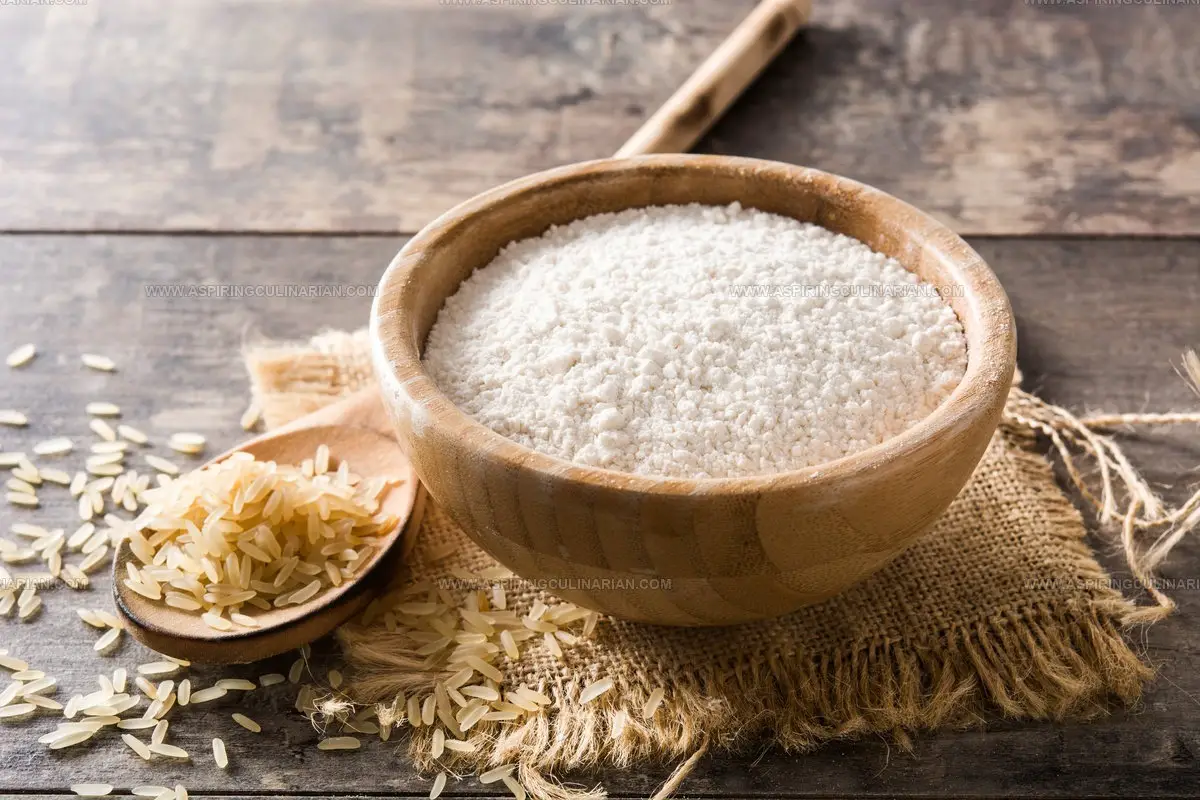
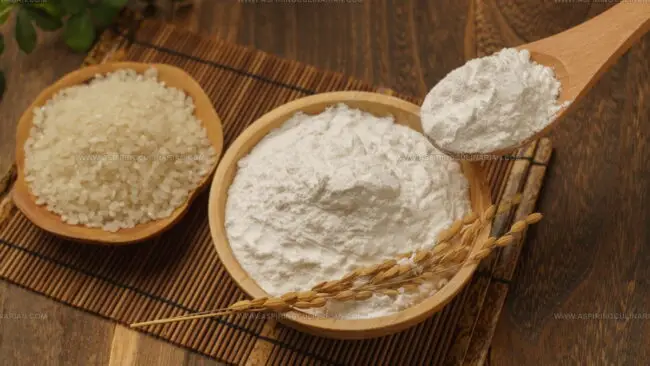
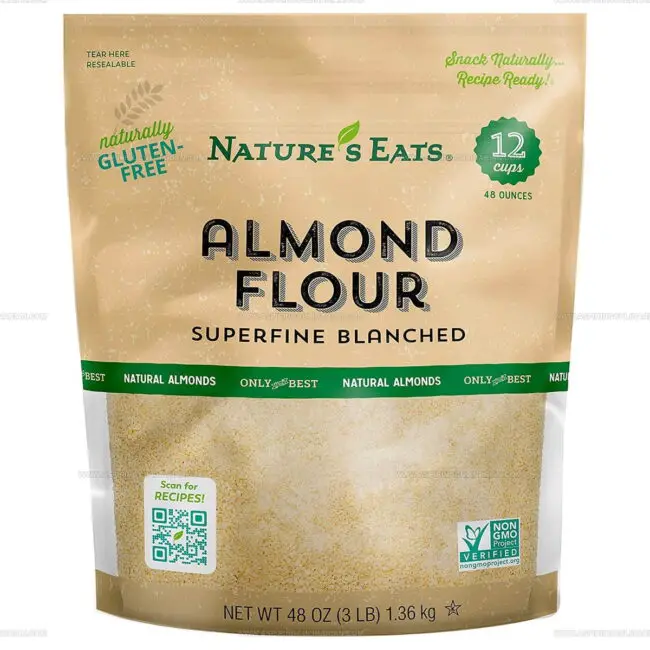
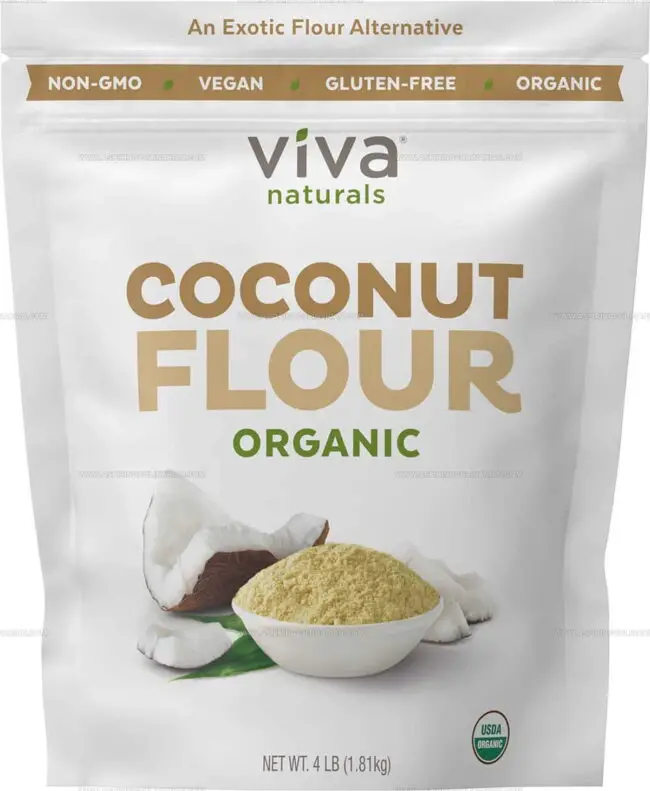
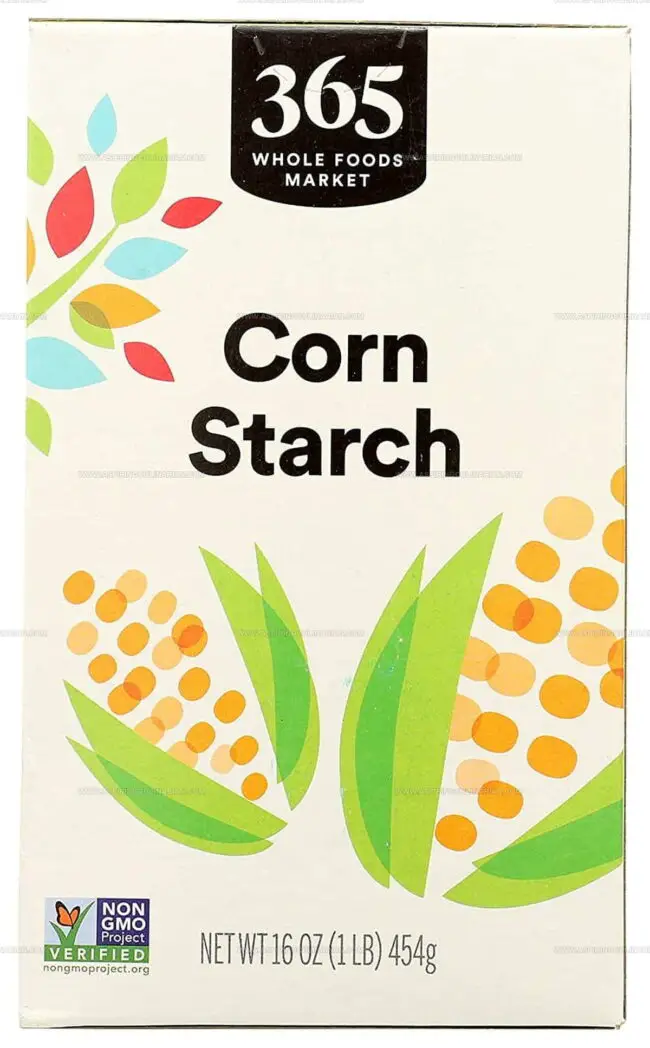
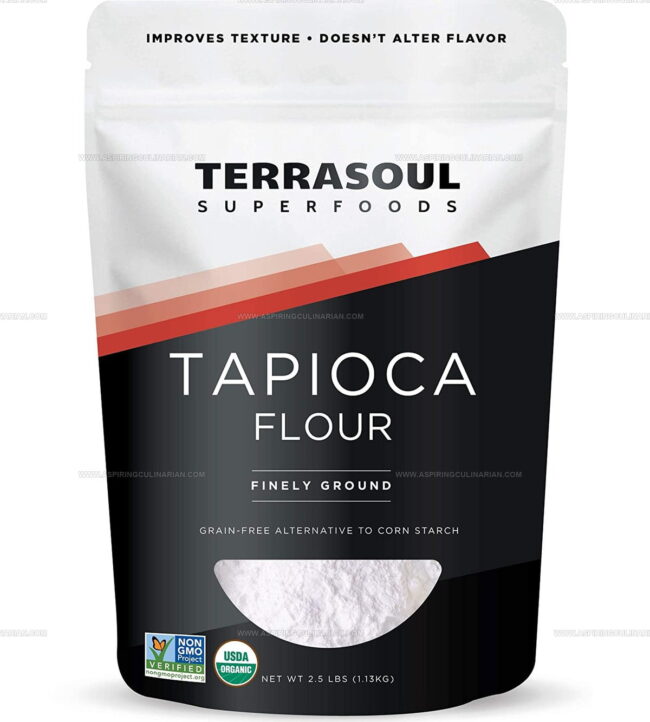
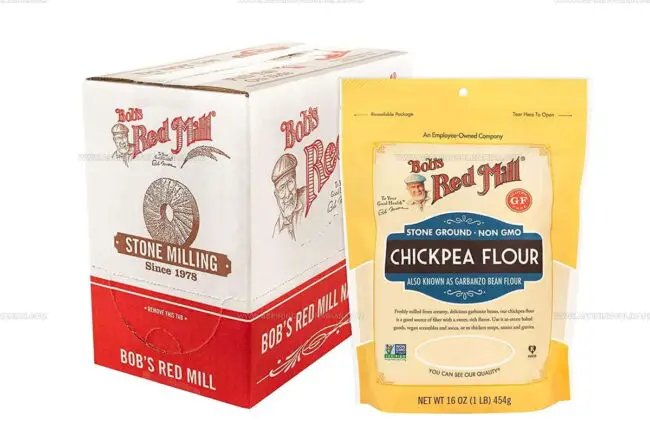
Nathaniel Brooks
Founder & Recipe Developer
Expertise
Farm-to-table cuisine, Seasonal recipe development, Culinary storytelling
Education
Ivy Tech Community College – Indianapolis, IN
Culinary Arts / Hospitality Administration & Events
Focused on hands-on training in classical and modern culinary techniques.
Nathaniel’s story starts in the foothills of the Appalachian Mountains, where farm stands, backyard gardens, and old family recipes shaped his love for real food. After graduating from Ivy Tech Community College in Indianapolis, he spent years working in farm-to-table kitchens, learning how to turn local, seasonal ingredients into something memorable.
Today, Nathaniel pours that same spirit into every single recipe on Aspiring Culinarian – recipes that feel real, comforting, and connected to the land. When he’s not in the kitchen, you’ll find him foraging wild herbs, chasing sunsets with his camera, or writing about the flavors that shaped his roots.